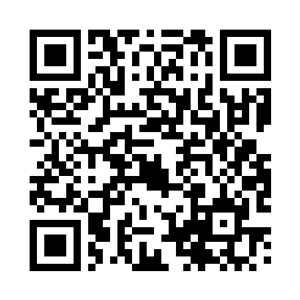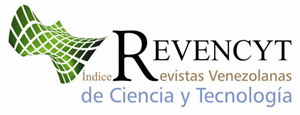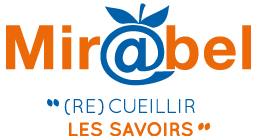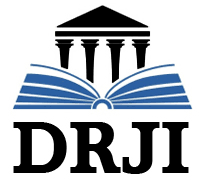Collective imaginary of the cultural heritage; identity traits
Keywords:
cultural heritage, identity elements, collective imagineAbstract
The purpose of this study is to interpret the collective imagination of the cultural heritage; identity traits, which addresses the identification of the knowledge and actions that comprise it, visualizing the characteristics of the collective imagination and revealing the elements that constitute the cultural heritage. These elements refer to all the expressions that identify a community, region or nation, and what distinguishes it from others, from its everyday life to the highest aesthetic and scientific manifestations in favor of social well-being. This work is conceived in the interpretive paradigm, under a qualitative approach with a hermeneutic phenomenological methodology. The theoretical references are focused on the hermeneutical precepts of Gadamer G. and Ricoeurt P. Concatenated and linked with the theory of Social Imaginaries of Castoriadis C. In addition, reference is made to the studies of the National School of Popular Cultures, emerging the detailed analysis in matrices, where the edges were extended for the interpretation and understanding of the Cultural Heritage, its intricacies and dimensions. In conclusion, the cultural heritage is shaped and activates the totality of expressions that make up the collective imagination, thus emerging, in short, our identity, loaded with a complex cultural baggage that goes from generation to generation.
Downloads
References
Araujo, C. (2007). El museo comunitario escolar: una alternativa para el rescate y valorización del Patrimonio cultural. Trabajo de Grado, Universidad de Los Andes, Mérida
Castoriadis, C. (1975). La institución imaginaria de la sociedad. Edición 2007; Buenos Aires, Argentina: Tusquets.
Dirección General Sectorial de Educación, Dirección de Asuntos Académicos, (1998), Currículo Básico Estadal acervo, manos y tierra de Lara. Barquisimeto
G, Gadamer (1960) Verdad y Método. Hermida Editores, Edición 2019. España.
González, H. (2007) Preservación y conservación el Patrimonio Cultural. ¿Tarea de quién? Presente y Pasado. Revista de Historia. ISSN: 1316-1369. Año 12. Nº 23. Enero-junio, 2007.
Ley Orgánica de cultura (2004). Caracas, Venezuela. Gaceta Oficial N° 6.154 (p. 1).
Martínez, M (2006) Ciencia y Arte en la Metodología Cualitativa, 2da ed. Trillas, México (reimp2007).
Ministerio del Poder Popular para la Cultura (2012) Escuela Nacional de Culturas Populares. Fundación Misión Cultura. Caracas-Venezuela.
Núñez, J. (2007) Saberes Campesinos y Educación Rural. Universidad Pedagógica Experimental Libertador. Vicerrectorado de Investigación y Postgrado. Caracas-Venezuela.
Ráez (2015), El Compadrazgo De Amigo A Familiar, Goethe-Institut, Revista digital, https://www.goethe.de/ins/ve/es/kul/fok/hrc/20793157.html
Ricoeur, P (1986) Hermenéutica filosófica y hermenéutica bíblica, en "Del texto a la Acción” París, pp. 263-277
Sosa, S (2010) “La Identidad Cultural en José Martí y Luis Villoro: Estado Plural, Autonomía y Liberación en un Mundo Globalizado. Revista Mexicana de Ciencias Políticas y Sociales, https://www.scielo.org.mx/scielo.php?script=sci_arttext&pid=S0185-19182010000100003, Universidad Nacional Autónoma de México (UNAM). Coyoacán – México.
Uwe Flick 2007. Designing Qualitative Research. SAGE Publications of London. Madrid; Ediciones Morata, S. L. (2015).
Val Hondo, D. (2003). Gestión del Conocimiento: Del Mito a la Realidad, España: Díaz de Santos. 106.
Published
How to Cite
Issue
Section
License

This work is licensed under a Creative Commons Attribution-NonCommercial-ShareAlike 4.0 International License.





















